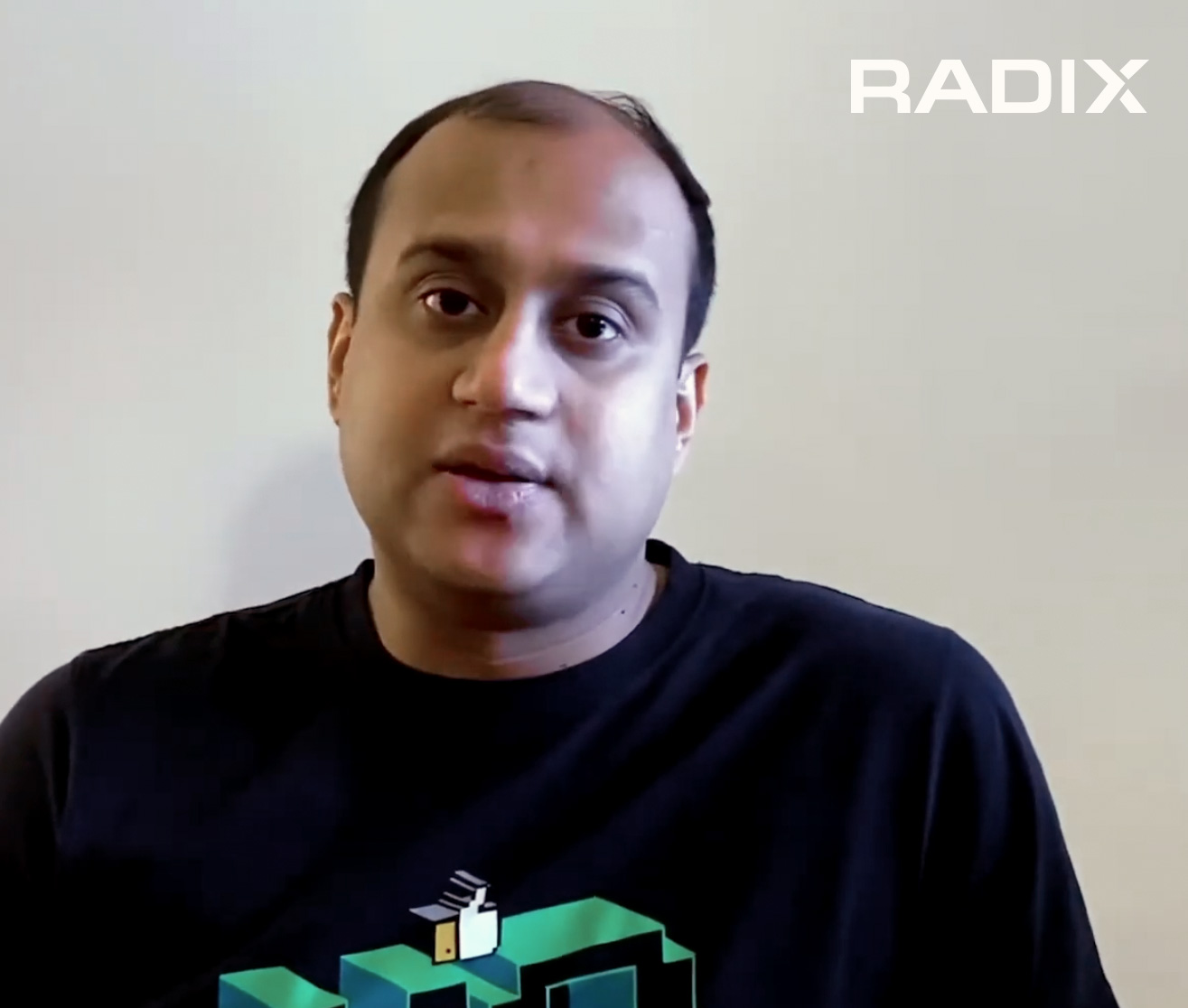

New TLDs |
Sponsored by |

|


The '.sucks Top Level Domain (TLD), by Vox Populi, which initially faced criticism from brands due to its launch fee of $2,499 is now listed on the world's largest domain registrar, GoDaddy. more
The Internet Corporation for Assigned Names and Numbers (ICANN) Board of Directors has green-lighted the next phase of implementing new generic top-level domains (gTLDs), per a resolution approved on July 27, 2023. more
In a developing cybersecurity concern, IT experts and researchers warn of potential misuse of Google's new .zip and .mov top-level domains (TLDs), which they argue could be exploited for phishing attacks and malware distribution. more
 he launch of .web top-level domain is once again at risk of being delayed by baseless procedural maneuvering. On May 2, the Internet Corporation for Assigned Names and Numbers (ICANN) Board of Directors posted a decision on the .web matter from its April 30 meeting, which found "that NDC (Nu Dotco LLC) did not violate the Guidebook or the Auction Rules" and directed ICANN "to continue processing NDC's .web application," clearing the way for the delegation of .web. more
he launch of .web top-level domain is once again at risk of being delayed by baseless procedural maneuvering. On May 2, the Internet Corporation for Assigned Names and Numbers (ICANN) Board of Directors posted a decision on the .web matter from its April 30 meeting, which found "that NDC (Nu Dotco LLC) did not violate the Guidebook or the Auction Rules" and directed ICANN "to continue processing NDC's .web application," clearing the way for the delegation of .web. more
Verisign, a global provider of domain name registry services and internet infrastructure, released a statement today regarding the ICANN Board of Directors' decision on the .web auction. more
 The Domain Name System (DNS, aka Web 2) and Web3 platforms are two different naming systems available to internet users. While the DNS (Web2) has been a reliable and trusted internet standard for decades, Web3 platforms (such as ENS, Handshake and Unstoppable) are a relatively new technology deployment that presents unique and different features. more
The Domain Name System (DNS, aka Web 2) and Web3 platforms are two different naming systems available to internet users. While the DNS (Web2) has been a reliable and trusted internet standard for decades, Web3 platforms (such as ENS, Handshake and Unstoppable) are a relatively new technology deployment that presents unique and different features. more
The Internet Corporation for Assigned Names and Numbers (ICANN) has adopteda 98 recommendations in the New gTLD subsequent procedures policy development process. This sets in motion the start of the implementation process for the next round of new generic top-level domains (gTLDs). more
Public Interest Registry, the non-profit that runs the .ORG domain has launched a new top-level domain (TLD), .GIVING, to streamline online fundraising and donating for mission-driven organizations and philanthropic-minded individuals. more
 Blockchain domain names, domains that are stored on blockchain or cryptocurrency exchanges, are part of a growing, unregulated, and decentralized internet. Right now, blockchain domains are used mostly by cryptocurrency users, but they are growing in popularity - the Ethereum name service reported over 2.2 million .eth domain name registrations in 2022. At the same time, crypto scams are also exploding, reaching a total of $3.5 billion in losses in 2022. more
Blockchain domain names, domains that are stored on blockchain or cryptocurrency exchanges, are part of a growing, unregulated, and decentralized internet. Right now, blockchain domains are used mostly by cryptocurrency users, but they are growing in popularity - the Ethereum name service reported over 2.2 million .eth domain name registrations in 2022. At the same time, crypto scams are also exploding, reaching a total of $3.5 billion in losses in 2022. more
 In the first article of this two-part blog series, we looked at how frequently domains were used by bad actors for phishing activity across individual top-level domains (TLDs) or domain extensions, using data from CSC's Fraud Protection services, powered by our DomainSecSM platform. In this second article, we analyze multiple datasets to determine the highest-threat TLDs, based on the frequency with which the domains are used egregiously for a range of cybercrimes. more
In the first article of this two-part blog series, we looked at how frequently domains were used by bad actors for phishing activity across individual top-level domains (TLDs) or domain extensions, using data from CSC's Fraud Protection services, powered by our DomainSecSM platform. In this second article, we analyze multiple datasets to determine the highest-threat TLDs, based on the frequency with which the domains are used egregiously for a range of cybercrimes. more
 This year has been one of the busiest years for domain launches in quite a while. Before the end of 2022, we'll see one more significant domain launch, namely .KIDS, on November 29, 2022. This extension is being launched as a safe space on the internet for children and parents. The registry has set out some very strict use policies to make this happen. Some companies have already registered their brands during the Sunrise Period, while others have taken up names in the Community Sunrise. more
This year has been one of the busiest years for domain launches in quite a while. Before the end of 2022, we'll see one more significant domain launch, namely .KIDS, on November 29, 2022. This extension is being launched as a safe space on the internet for children and parents. The registry has set out some very strict use policies to make this happen. Some companies have already registered their brands during the Sunrise Period, while others have taken up names in the Community Sunrise. more
 There is no single name system that is necessarily bound to the Internet. Unlike IP addresses which are in every IP packet, names are an application construct, and, in theory, applications have considerable latitude in how they handle such names. There could be many name systems that could coexist within the Internet, in theory. In practice, there is strong peer pressure to use a single name system. more
There is no single name system that is necessarily bound to the Internet. Unlike IP addresses which are in every IP packet, names are an application construct, and, in theory, applications have considerable latitude in how they handle such names. There could be many name systems that could coexist within the Internet, in theory. In practice, there is strong peer pressure to use a single name system. more
 As a long-established online attack strategy, phishing remains a popular tool for fraudsters because of its effectiveness. The Anti-Phishing Working Group reported more than 300,000 distinct phishing attacks in December 2021 -- more than three times the number reported in early 2020, and the highest monthly total ever identified. more
As a long-established online attack strategy, phishing remains a popular tool for fraudsters because of its effectiveness. The Anti-Phishing Working Group reported more than 300,000 distinct phishing attacks in December 2021 -- more than three times the number reported in early 2020, and the highest monthly total ever identified. more
 Universal Acceptance (UA) is a fundamental requirement for a truly multilingual and digitally inclusive Internet. UA is important because it ensures that all domain names, including new long top-level domains (TLDs) and Internationalized Domain Names (IDNs), and email addresses are treated equally and can be used by all Internet-enabled applications, devices, and systems. more
Universal Acceptance (UA) is a fundamental requirement for a truly multilingual and digitally inclusive Internet. UA is important because it ensures that all domain names, including new long top-level domains (TLDs) and Internationalized Domain Names (IDNs), and email addresses are treated equally and can be used by all Internet-enabled applications, devices, and systems. more
The latest CENTRstats Global TLD Report has been released, covering the global status and registration trends in all top-level domains (legacy gTLDs, new gTLDs and ccTLDs), with a specific focus on the European ccTLD market. According to the report, domain name sales, deletions and registrar transfers slowed down for European ccTLDs over 2021; however, demand for new domains is still outpacing deletes, keeping growth in the positive. more